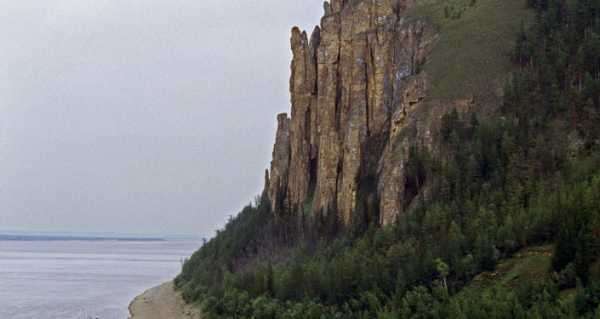
This species of bear lived in Europe and Asia during the Pleistocene epoch and is believed to have become extinct some 25,000 years ago, earning its name because its fossils were primarily found in caves. Until now scientists were lucky to find only bones of this species.
Russian herders discovered a mummy of an adult cave bear and a cub in the Republic of Sakha (Yakutia), Siberia, in what has been touted by researchers as a finding of “world importance”. Both carcasses are fully preserved, with all internal organs and even noses intact.
Scientists will now carry out a radiocarbon analysis to determine the precise age of the animals and conduct a comprehensive study on the creatures.
According to the Siberian Times, which broke the news, in recent years there have been major discoveries in Siberia, with herders and scientists finding mammoths, woolly rhinos, Ice Age foal, and cave lion cubs.
Cave bears lived in the Pleistocene geological epoch, which lasted from about 2,580,000 to 11,700 years ago. The prevailing opinion is that the species was largely herbivorous (plant-based diet); however, recent analysis of the animal’s teeth and other evidence suggests that the creature was omnivorous.
It reached 3.5 metres in length and had a height of 1.7 metres at the shoulder. The bear’s weight varied – males weighed between 350 to 600 kg and some specimens reached as much as a ton, while females weighed between 225 and 250 kg.
According to various estimates, cave bears went extinct about 25,000 years ago, but scientists can’t say for certain what led to their demise, suggesting only that a complex set of factors led to their demise.
Previous studies have shown that human hunting and/or competition played a major role in their decline and ultimate disappearance. As Neanderthals and then modern humans moved into caves, this bear species, which spent most of its time in caves, had fewer safe places to hibernate. Climate change is also suggested as a reason for their extinction.
Sourse: sputniknews.com






